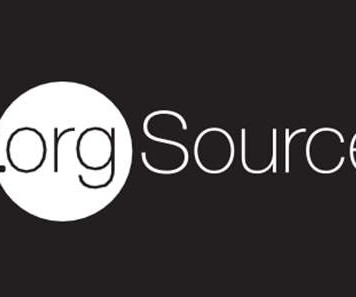Build a Digital Ecology–Promote IT Collaboration Across Your Organization
.orgSource
MAY 1, 2023
It may be challenging for “buttoned-up” organizations, where people are in the habit of “following rules,” to introduce a more casual attitude. Strategists are visionaries, facilitators, and problem-solvers. They should be role models who inspire colleagues to see from a different perspective.












Let's personalize your content